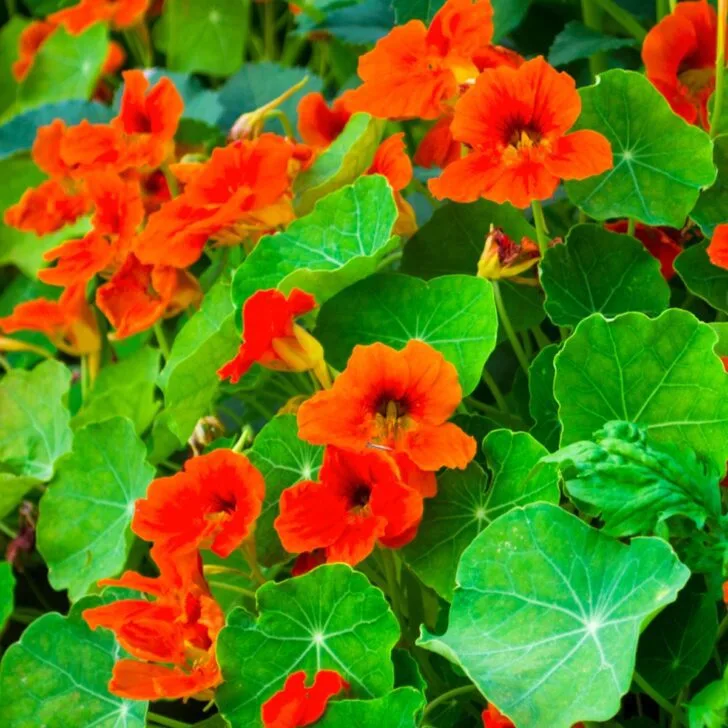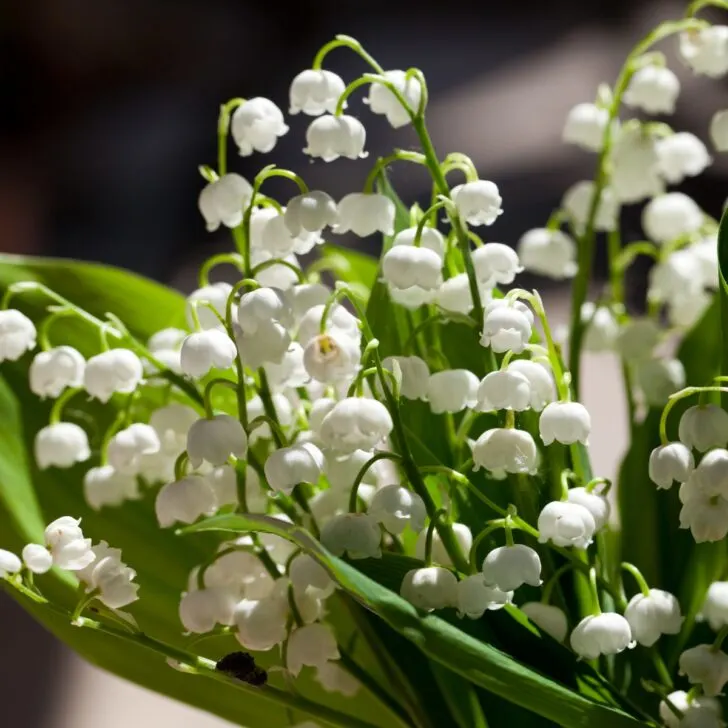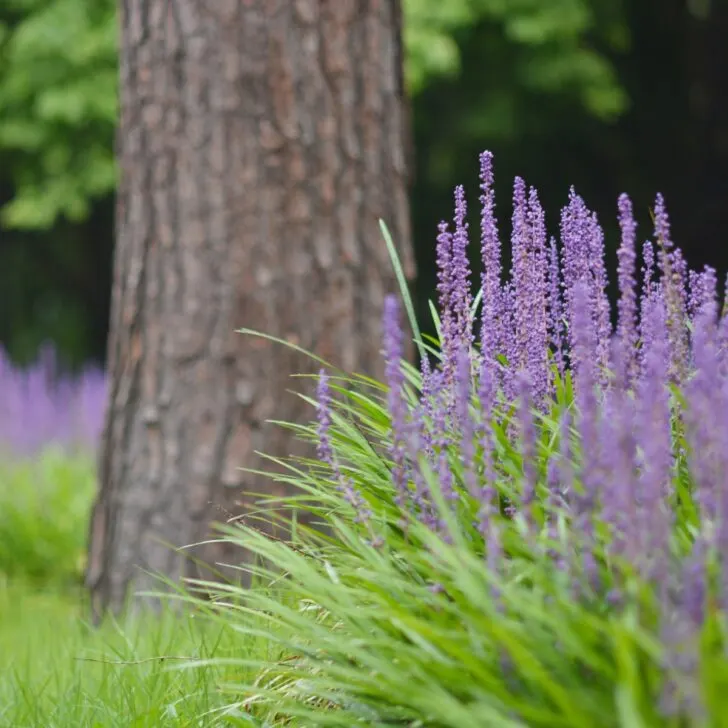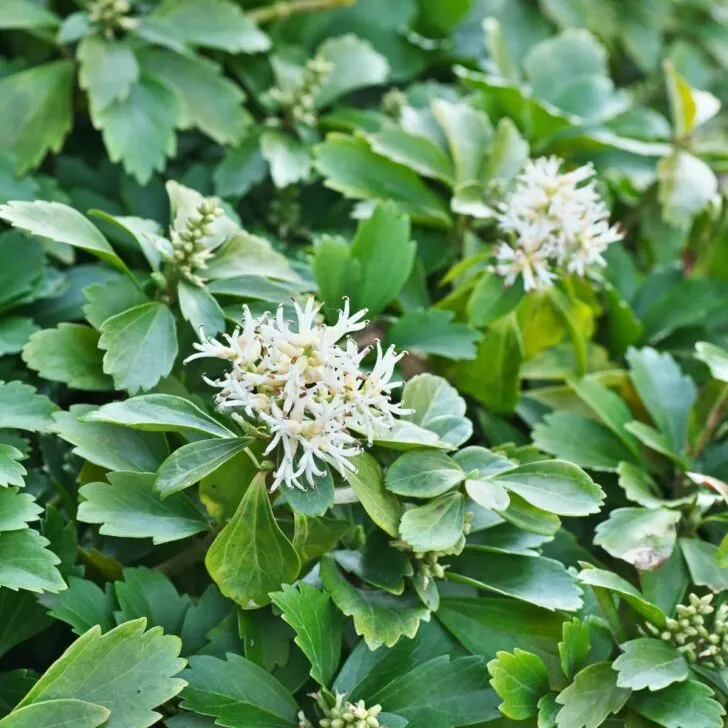Creeping Myrtle (or Vinca Minor) is an evergreen groundcover that produces blue flowers in spring. Here's how to care for it in your garden!
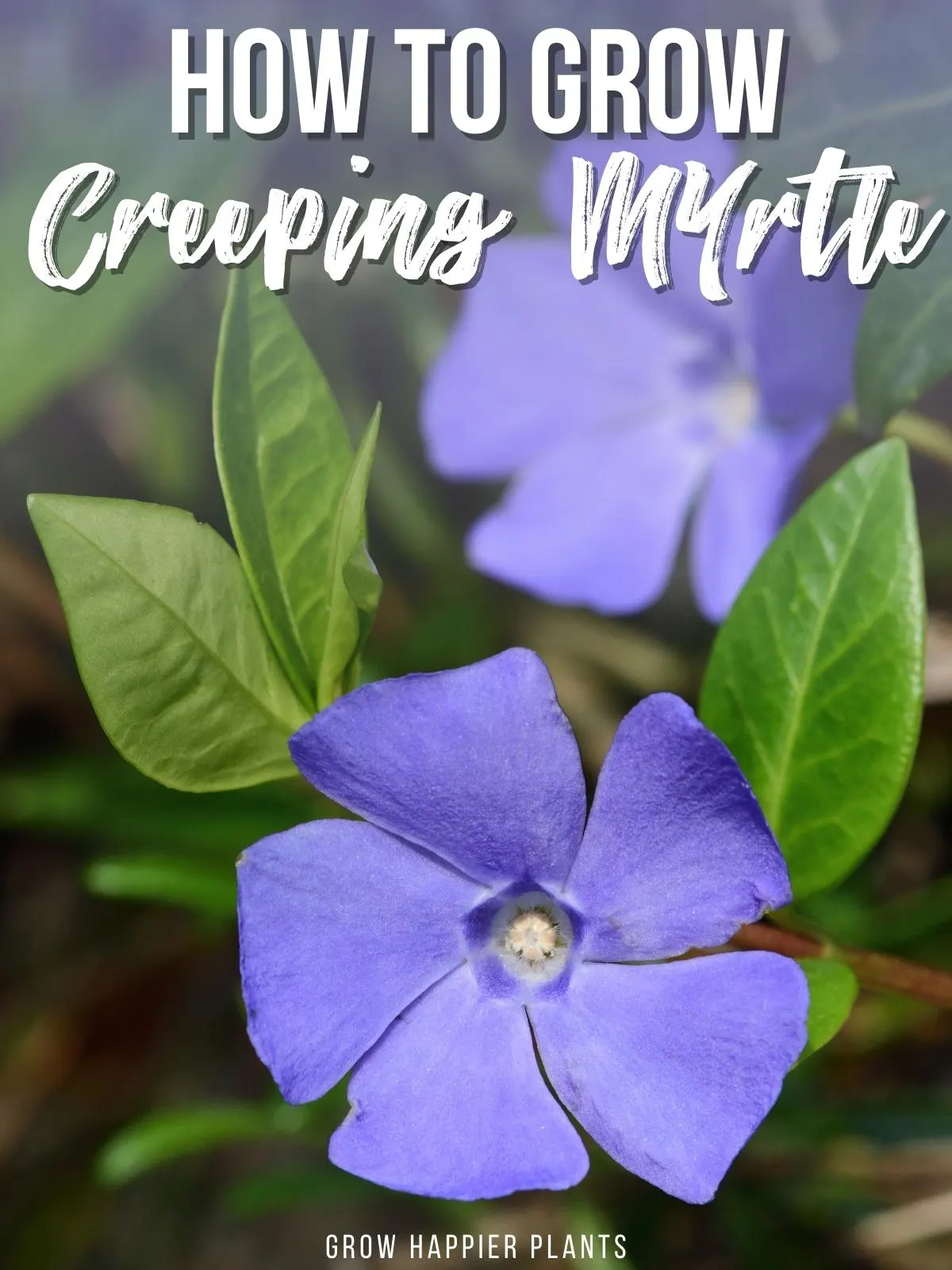
Creeping myrtle, or vinca minor, is a common groundcover plant that you can find at any home improvement store in the spring. It draws you in with the promise of blue flowers and evergreen foliage that can cover up the shady bare spots of your garden.
But don't be fooled, because this plant can be invasive! It can crowd out other plants, robbing them of sunlight and nutrients in the soil. You may end up spending more time pulling out rogue stems rather than enjoying the blooms.
However, if you have a dry, shady area of your garden where nothing else seems to grow, try planting creeping myrtle in that spot. It may be just the thing to fill in those empty areas!
This post contains affiliate links for your convenience. Purchases made through these links may earn me a small commission at no additional cost to you.
What is Creeping Myrtle?
Creeping myrtle is also called ground myrtle, lesser myrtle, periwinkle, Vinca minor, or simply, vinca. It's a low-growing, mat-forming plant that reaches about six inches tall, with trailing stems that can climb when given the opportunity. It spreads readily by rooting where stems touch the ground.
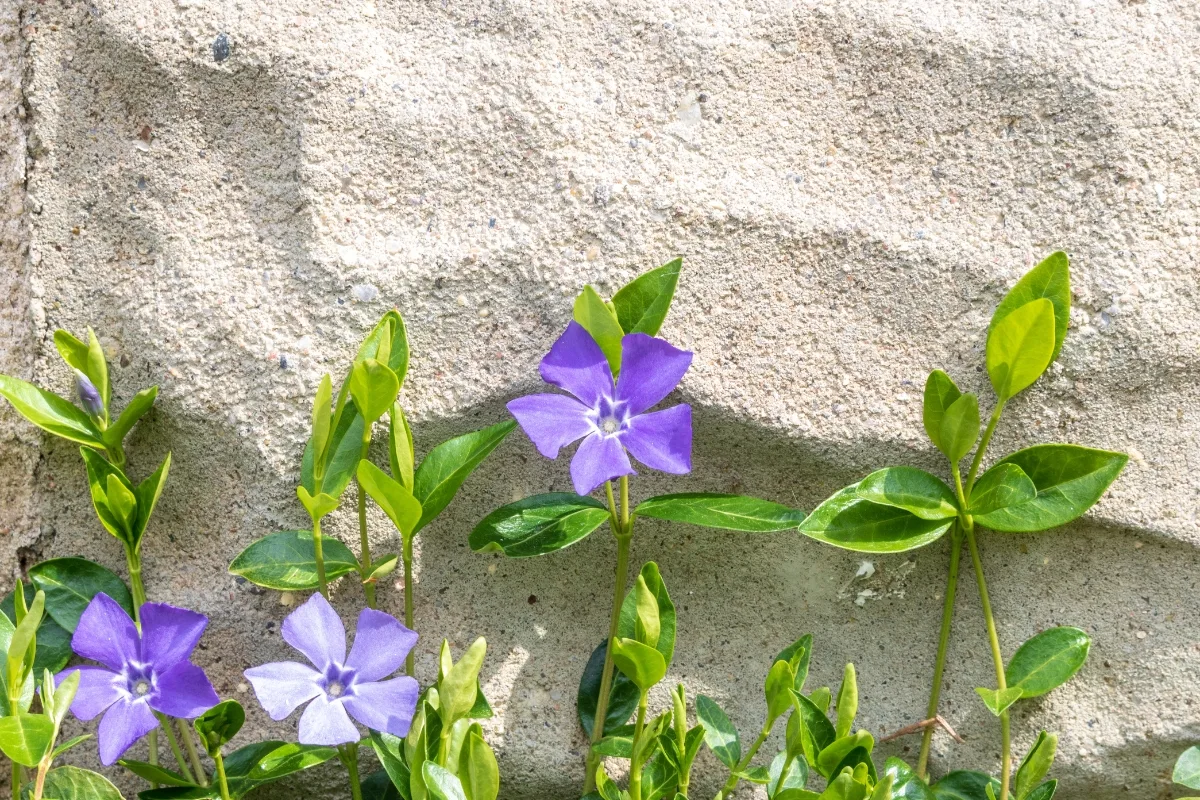
Creeping myrtle has dark green, shiny foliage and produces lavender, blue, or white pinwheel-shaped flowers in spring. Sometimes the flowers bloom a second time in early fall. It is usually an evergreen perennial unless the climate is extremely cold.
Creeping Myrtle Varieties
Although it goes by many names, Creeping myrtle has no subspecies or recognized varieties. However, it is related to another plant, Vinca major, and both have similar growth habits that make them excellent groundcovers for shady areas. However, Vinca major is not as cold-hardy as Vinca minor and has smaller, lighter-green leaves.
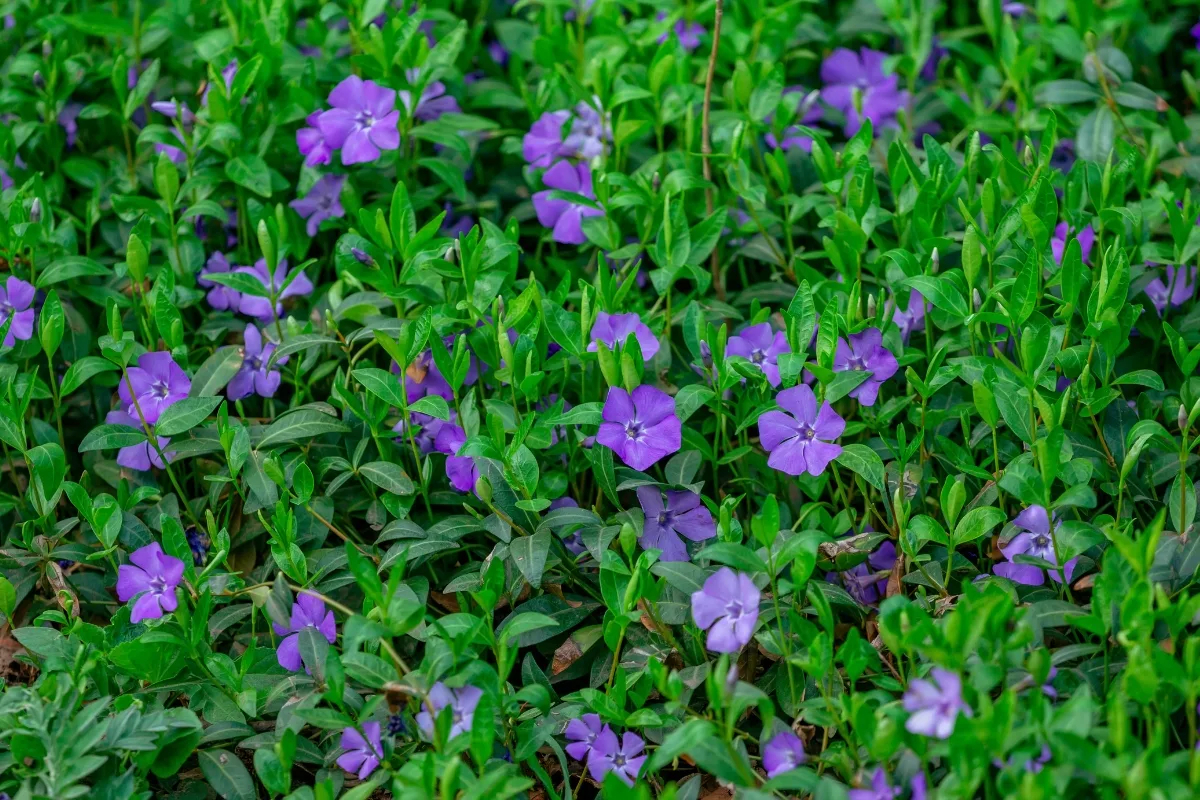
It’s also worth noting that creeping myrtle is not a true myrtle and does not belong to the Myrtle plant family. It is also easily confused with another plant, also called myrtle and sometimes called periwinkle, Catharanthus roseus. However, despite its resemblance to creeping myrtle, C. roseus grows best in tropical climate conditions.
When to Plant Creeping Myrtle
The best time of year to plant creeping myrtle is in early spring before it blooms, which is usually in April and May. Nonetheless, you can often successfully plant it from summer through fall by watering the plants regularly after you plant them.
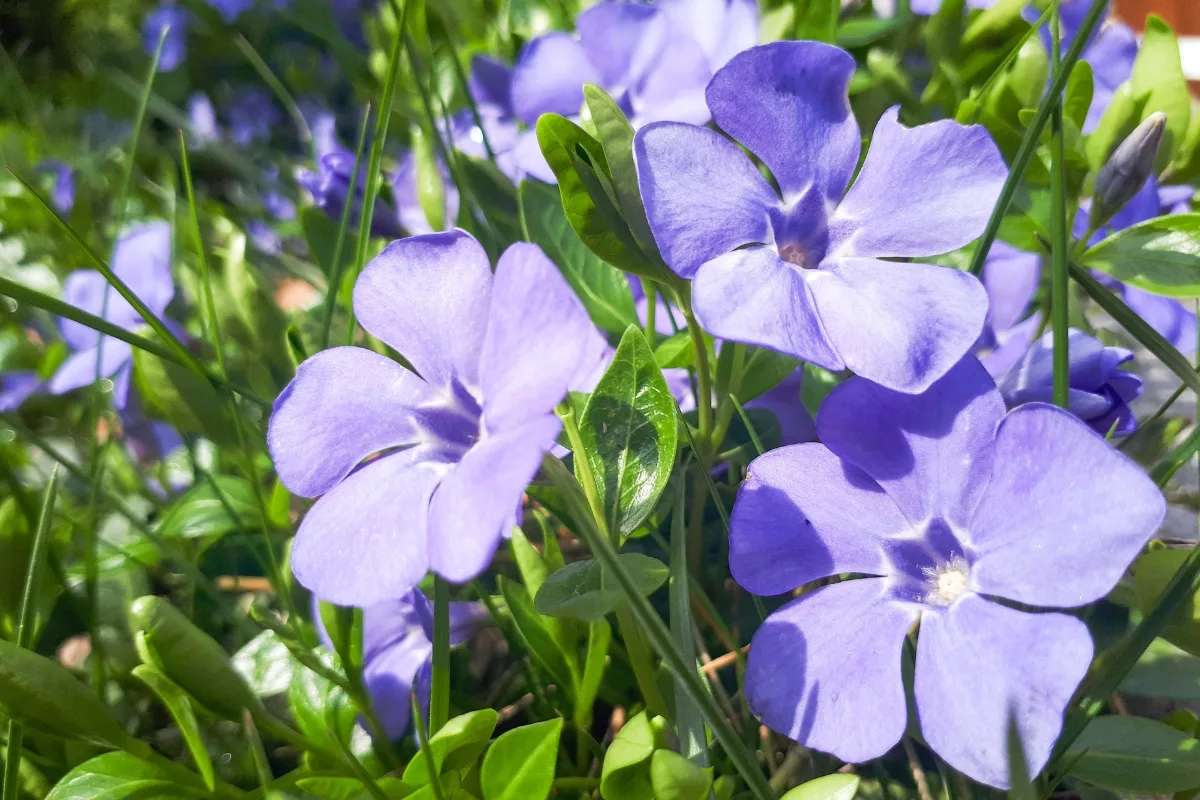
Where to Plant Creeping Myrtle
While it grows best in partial shade, creeping myrtle also tolerates sunnier locations, although the leaves are likely to turn yellow in full sun. It is an excellent choice for planting under trees and shrubs in areas without enough sun exposure for lawn grass. It can also be a great way to suppress weeds in shady open areas.
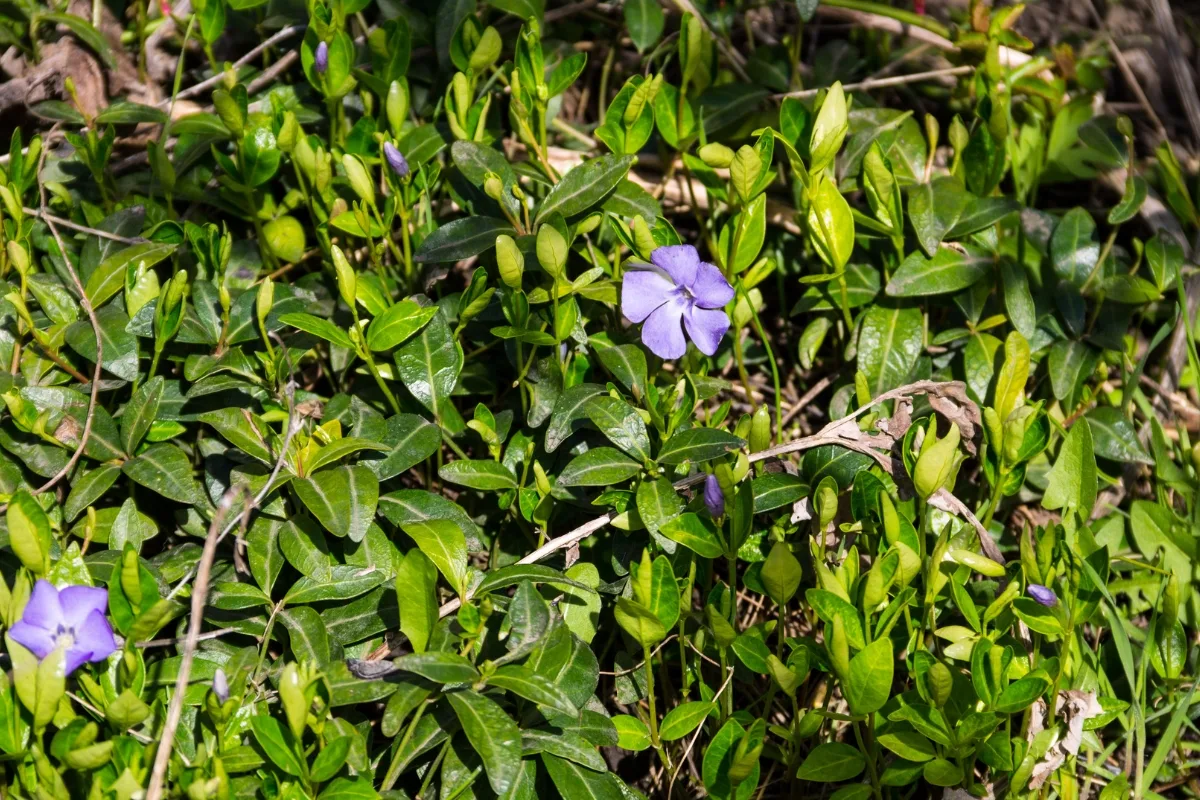
Creeping myrtle tolerates poor soil and dry conditions but looks its best when it gets moisture and grows in fertile ground. Carefully choose a planting site to prevent creeping myrtle from choking out other plants or taking over your yard.
One option is to grow creeping myrtle in hanging baskets or containers that keep it from touching the surrounding ground where it can spread. You can also grow it in an area confined by concrete walkways or other solid boundaries.
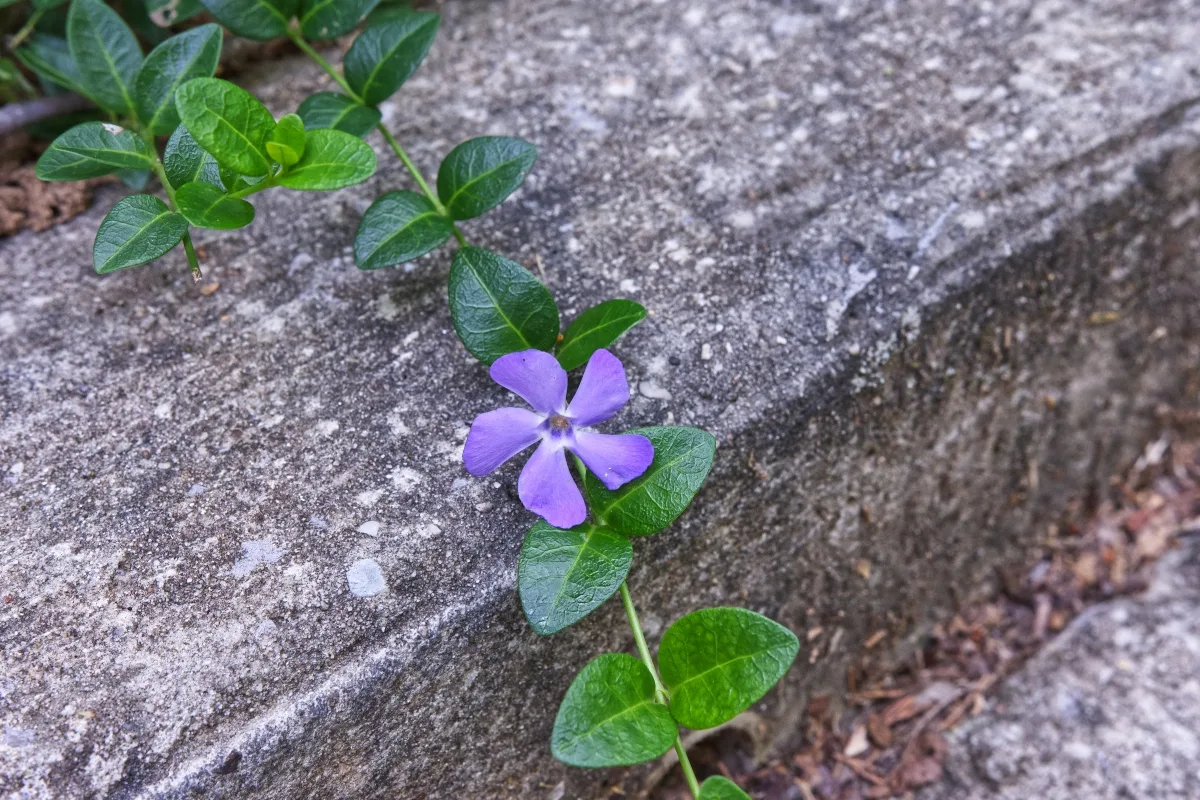
How to Plant Creeping Myrtle
You can start creeping myrtle from seed, but it takes 12 weeks or more to get them to size for transplanting. It's easier to buy flats of vinca minor plants at a garden center, or divide clumps of established plants and move them to a new location.
To propagate by division, dig around a clump of plants in spring when the soil is moist, and lift them out with the roots. The roots are shallow and quickly come free from the ground. Immediately put the clump where you want it, setting it into a hole at the same depth as where it grew before. Firm the soil around the plant and water thoroughly.
Set plants 12 inches apart if you want to cover the space quickly and 18 inches apart if you don’t mind it taking longer to fill in the area. The long stems will eventually form a thick mat of greenery like the one shown below.

Caring for Creeping Myrtle
Creeping myrtle is a tough plant that usually does not need much care. Few pests bother it, and it can grow without irrigation except in drought and without fertilizer in soils that are rich in organic matter.
However, if you want the plants to look fantastic, water them in hot weather and during prolonged dry periods and fertilize them occasionally with a 10-10-10 NPK fertilizer. Water the plants after applying fertilizer, so it sinks into the ground.
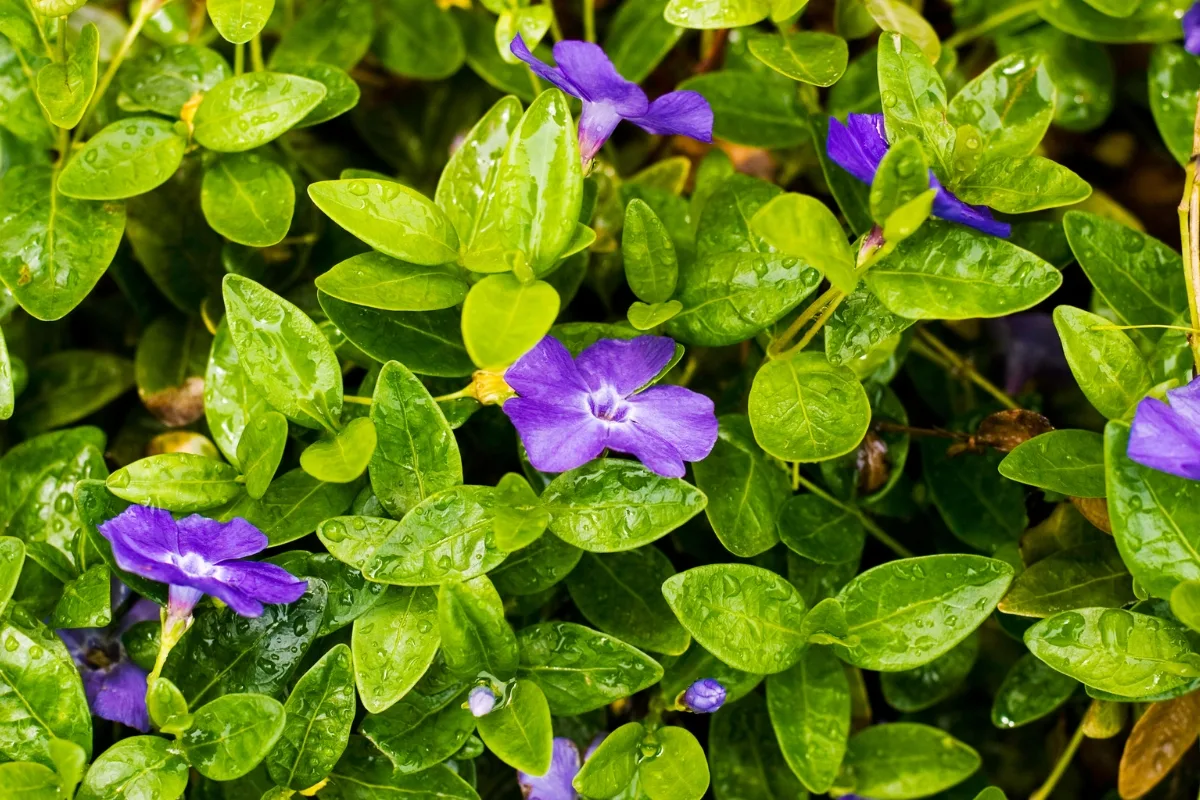
Invasive Vinca Minor
Vinca Minor is highly invasive, potentially crowding out other plants and is difficult to eradicate or control once established. For this reason, many native plant associations recommend only growing it in confined areas bounded by concrete pathways or other structures that prevent it from spreading.
In addition, some locations prohibit planting creeping myrtle due to its invasive habits. You can check with your local county agricultural agent’s office to find out if there are restrictions in your area.
To get rid of creeping myrtle, cut the plants down to the ground and cover the area with a thick layer of wood chips, cardboard, or black plastic with weights or landscape staples to hold down the edges. Wait a few months before removing the covering, so the plants are killed by being deprived of light and air.
Frequently Asked Questions about Vinca Minor
No, vinca minor is both deer and rabbit resistant and won't be eaten.
Yes, vinca minor is a perennial that will come back year after year, except in the coldest climates (zones 3 and below).
Yes, according to the ASPCA, vinca minor is toxic to dogs.

